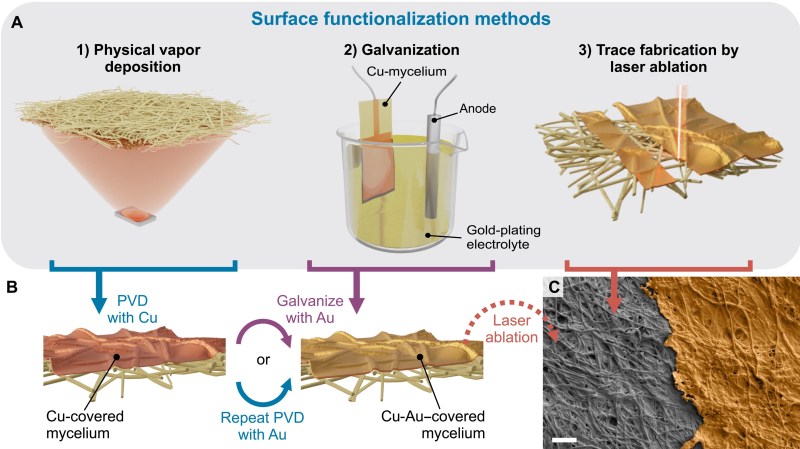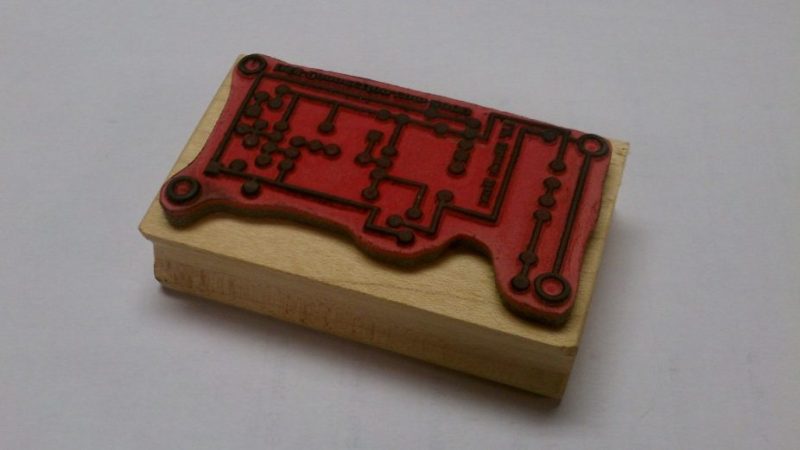MycelioTronics: Biodegradable Electronics Substrates from Fungi

E-waste is one of the main unfortunate consequences of the widespread adoption of electronic devices, and there are various efforts to stem the flow of this pernicious trash. One new …read more Continue reading MycelioTronics: Biodegradable Electronics Substrates from Fungi
